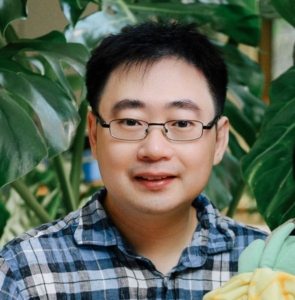Optical Flow Processing for Chirp-Pulse Coherent OTDR
We propose a novel optical flow processing technique for distributed temperature and strain sensing with the chirped-pulse coherent OTDR. Unlike conventional 1-dimensional cross-correlation methods, the technique treats the 2-dimensional waterfall data as sequential video frames, estimating local shifts through optical flow. The weighted least square approach with adaptive window size enables pixel-level optical flow calculation, providing accurate local shifts via accumulative tracks with enhanced spatial resolution. Preliminary experimental results over 20km fiber demonstrate its effectiveness for dynamic temperature and strain sensing, addressing limitations of traditional methods and improving sensing capabilities.


